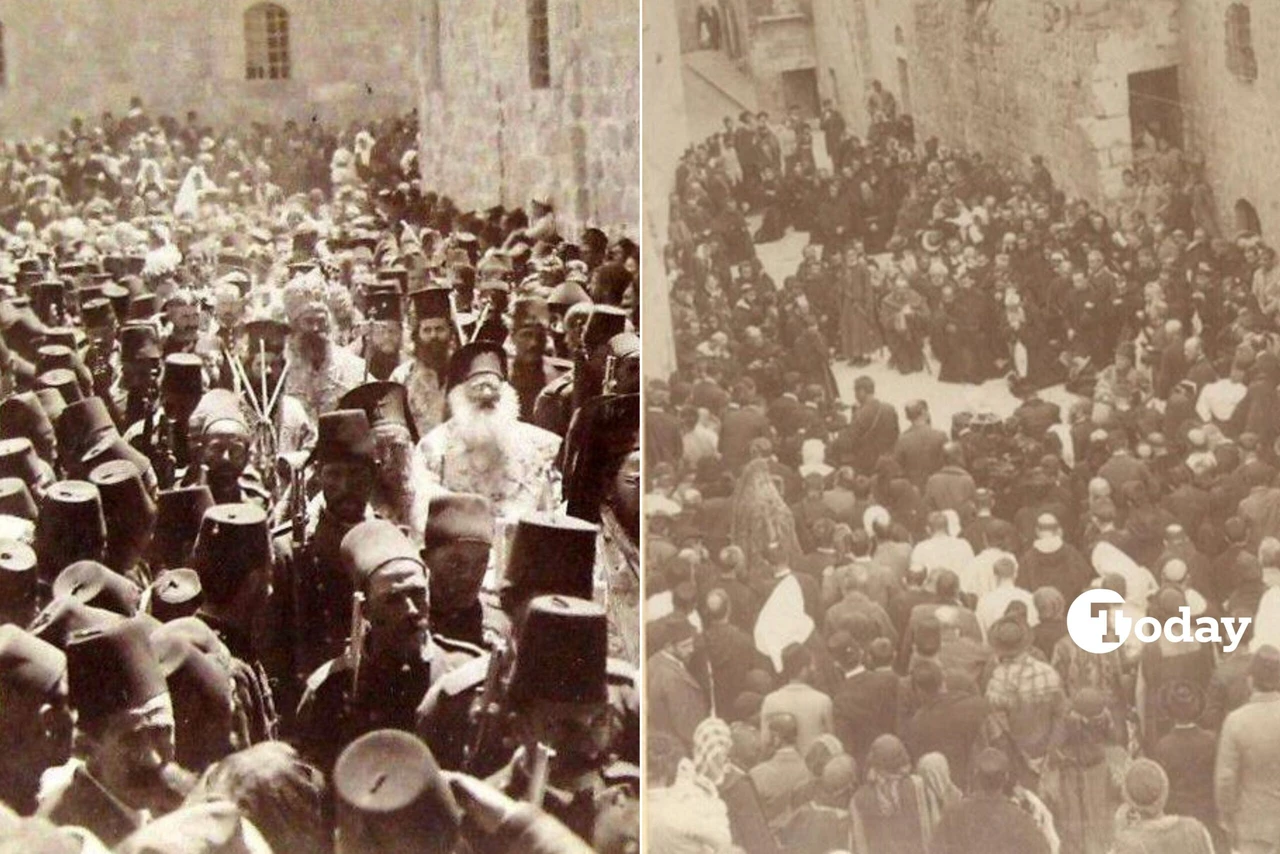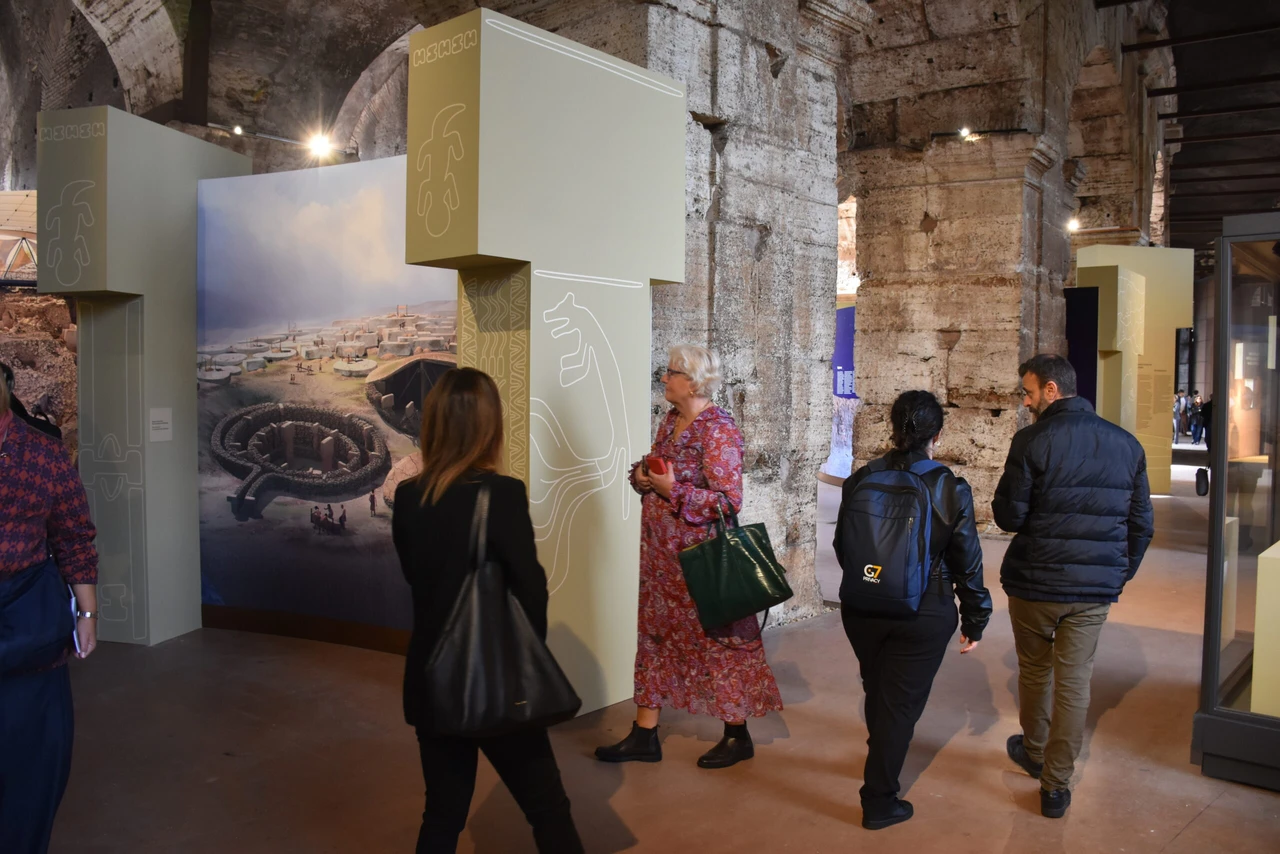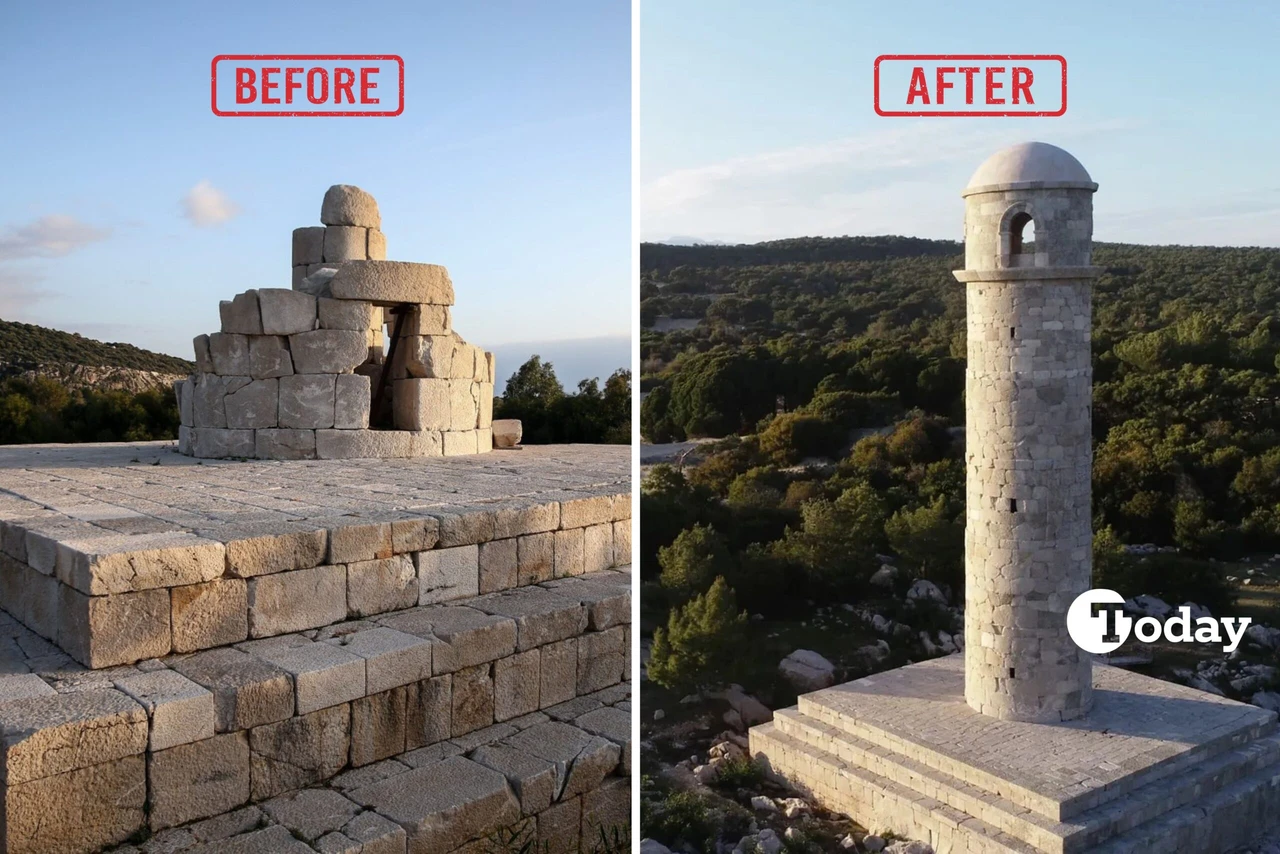First ‘Pilgrim Dimitrakis’ inscribed skull found in Türkiye
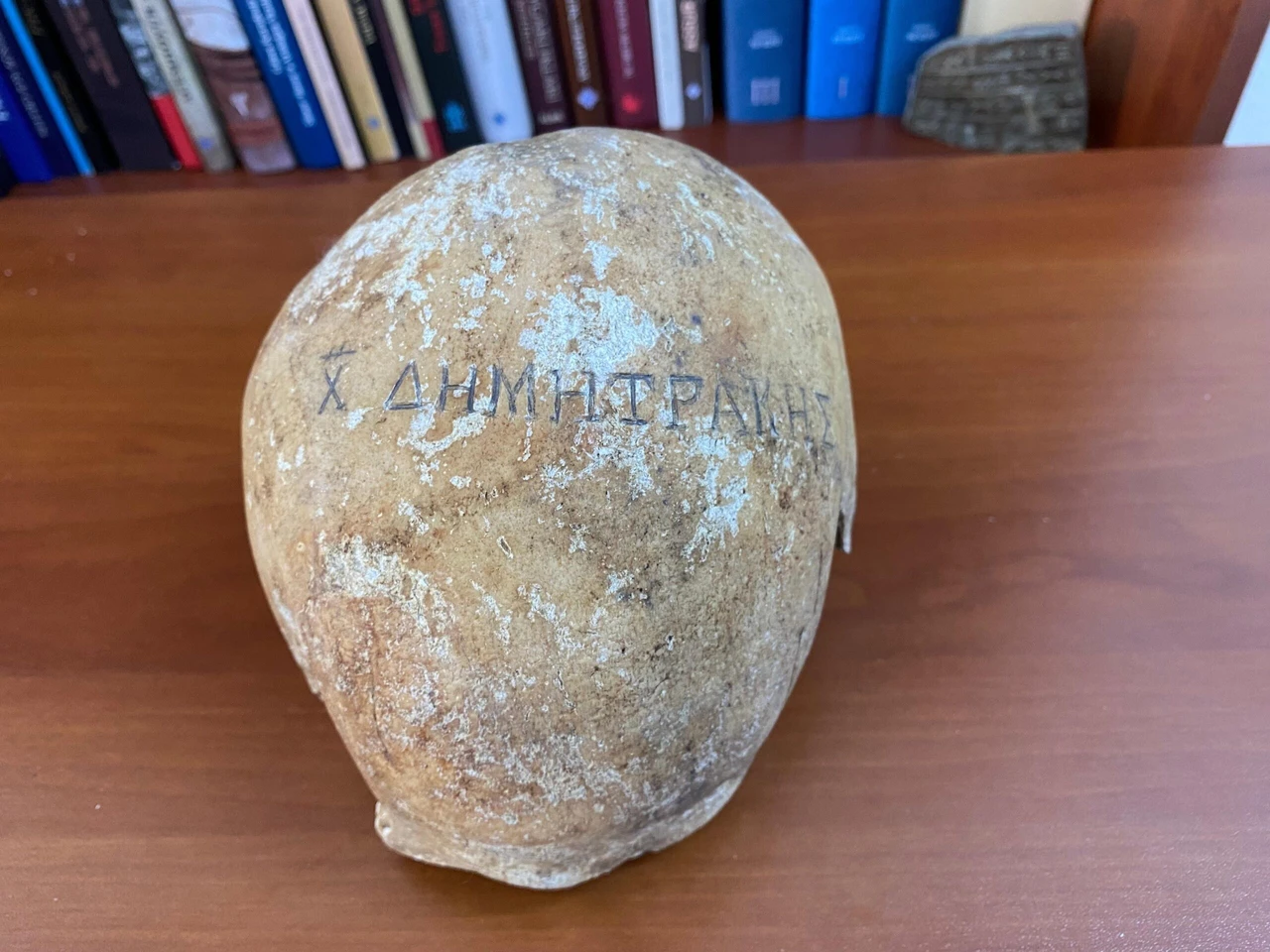 A skull with the inscription “Pilgrim Dimitrakis” in Greek alphabet letters was found during archaeological excavations at the Balatlar Church in Sinop, Türkiye, July 31, 2024 (IHA Photo)
A skull with the inscription “Pilgrim Dimitrakis” in Greek alphabet letters was found during archaeological excavations at the Balatlar Church in Sinop, Türkiye, July 31, 2024 (IHA Photo)
Archeologists unearthed a male skull with the inscription “Pilgrim Dimitrakis” in Greek letters during excavations at Balatlar Church in Sinop.
This rare find has been identified as belonging to an Orthodox cleric who traveled to Jerusalem on a pilgrimage.
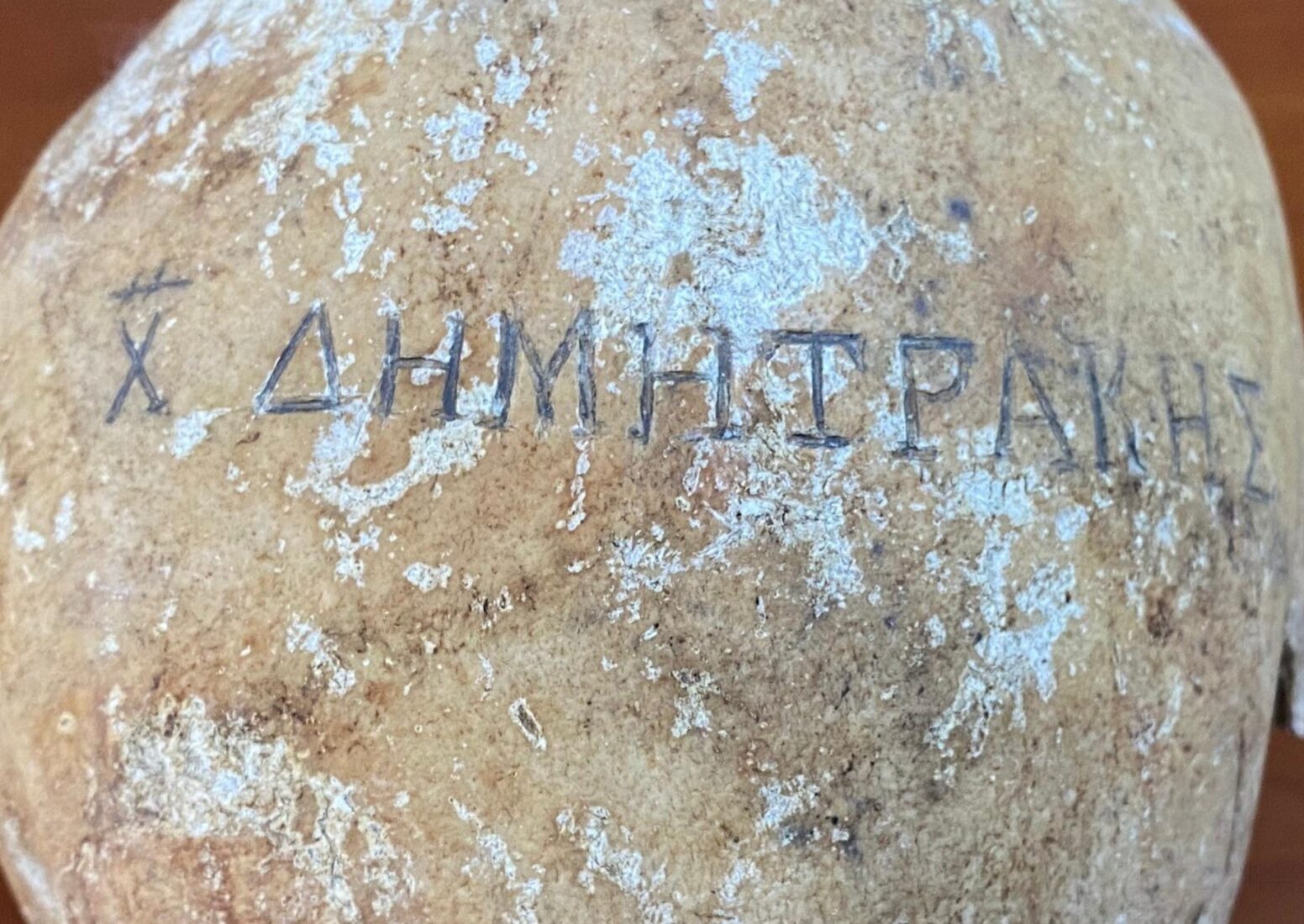
The excavations, led by professor Gulgun Koroglu, uncovered the skull in what is referred to as the church’s ossuary section. The skull is unprecedented in Türkiye, with no similar examples found elsewhere. Detailed examinations revealed a tumor on the skull, which is one of the latest examples of the skull cult in Anatolia.
Archaeological discovery, scientific analysis
3D tomography and paleopathological analysis conducted at Hitit University Erol Olcok Training and Research Hospital identified a tumor and various pathologies in the skull. The thinning of the bone was also observed. These findings underscore the skull’s significant cultural and historical value.
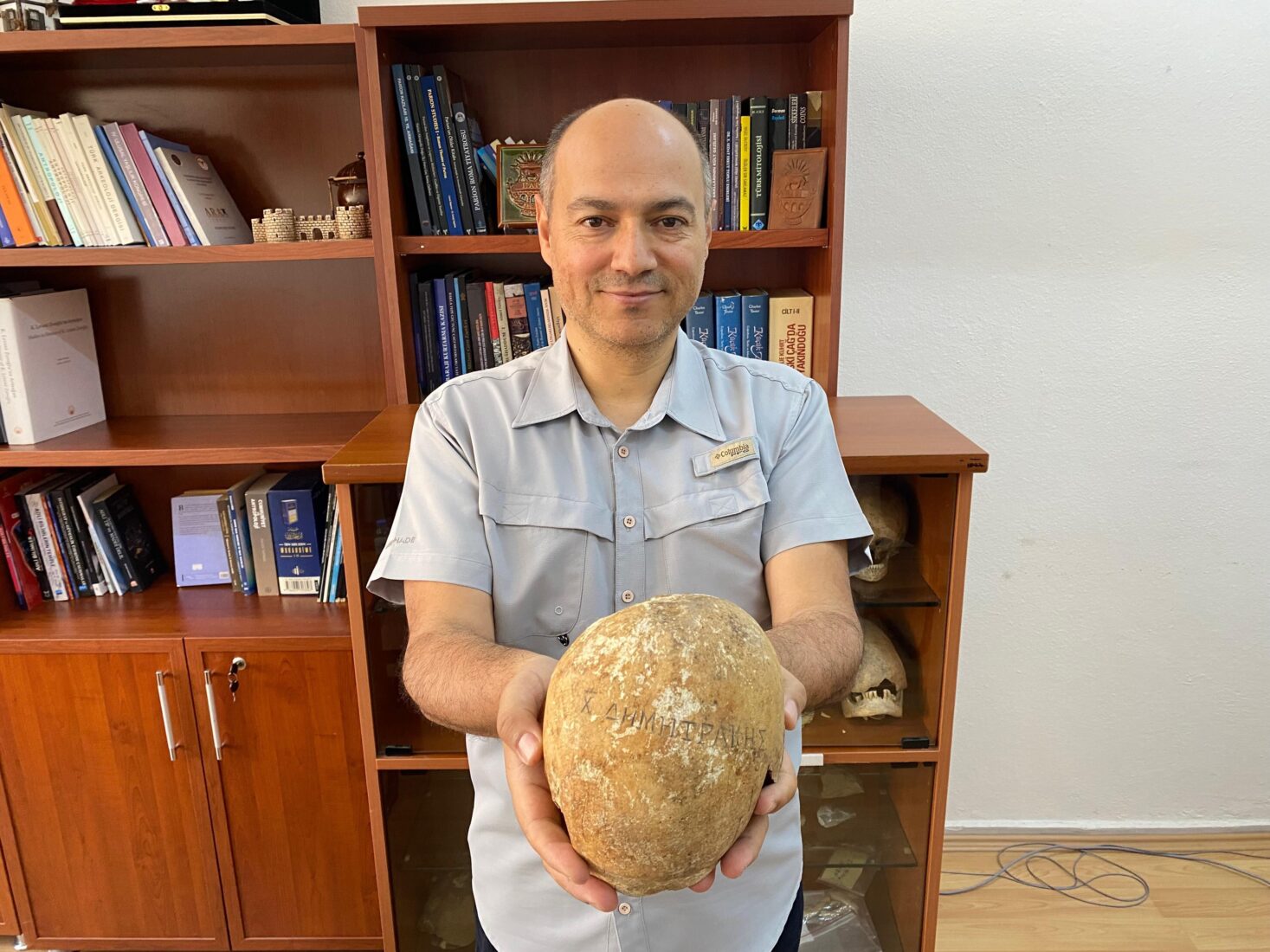
Associate Professor Mustafa Tolga Cirak highlighted that this is the first instance of such an inscribed skull being discovered in Anatolia. Similar finds are known from Greece and Egypt, but this is the first of its kind in Anatolia.
The inscription “Pilgrim Dimitrakis” indicates that the skull belonged to an Orthodox cleric who traveled to Jerusalem for pilgrimage.
Historical and cultural context
Balatlar Church was originally used as a Roman Imperial bathhouse and later converted into a church, continuing to serve as a church until the late 20th century. During the Ottoman period, the church became a cemetery. Extensive burials were carried out, especially in the church’s yard and interior, with the church becoming an Orthodox burial site.
Cirak noted that this find is part of the ancient burial traditions of Anatolia, where skulls were often separated from bodies and either buried elsewhere or displayed.
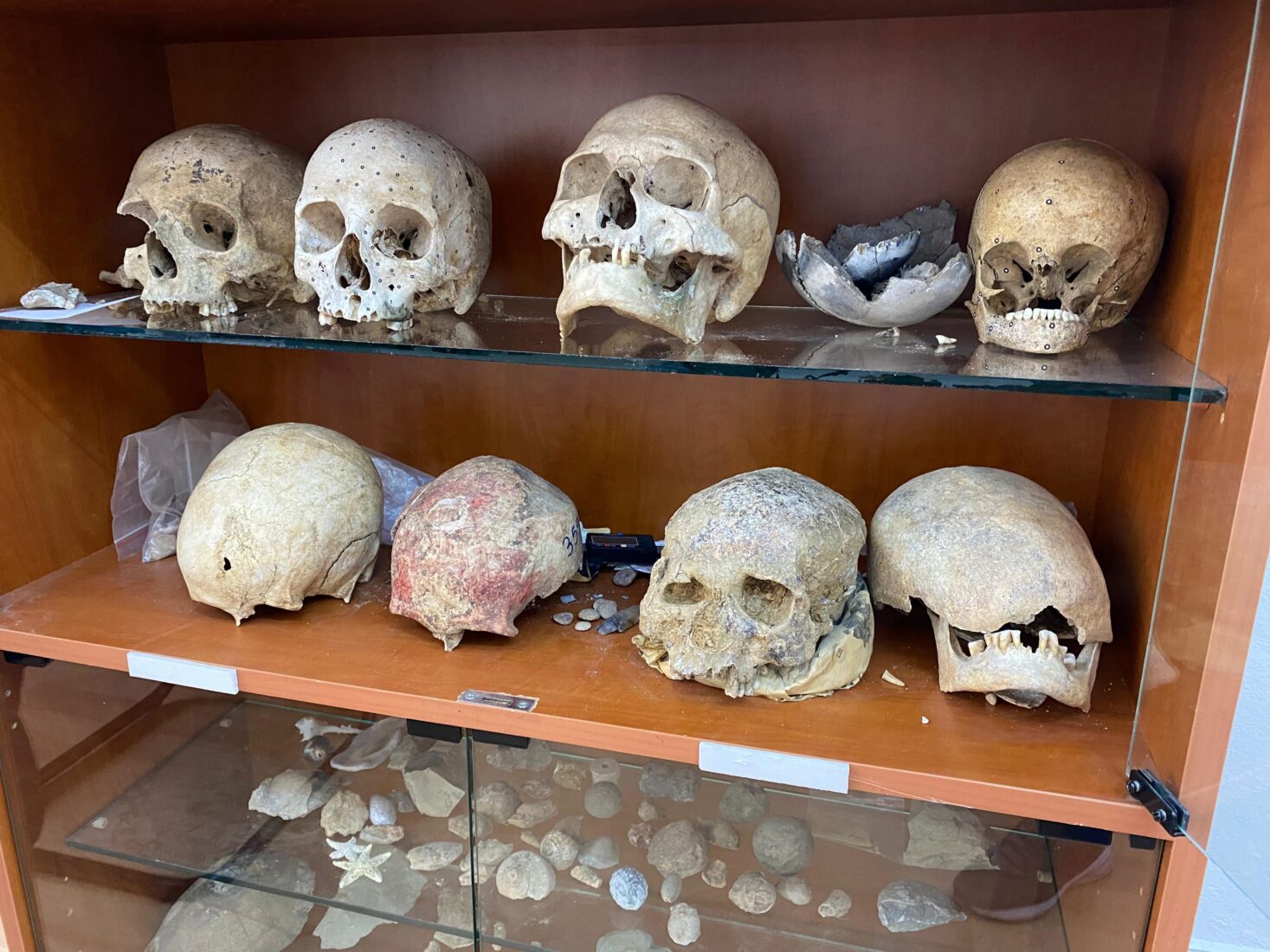
“The practice of inscribing names on skulls and displaying them reflects ancient Orthodox burial customs,” he said.
Cirak thanked the Ministry of Culture and Tourism, Koroglu, and Hitit University rector professor Ali Osman Ozturk for their contributions to this significant discovery.
He emphasized that the find provides an important addition to Anatolia’s cultural heritage.
